Produced from the milk of a goat as opposed to that of a dairy cow, goat cheese can come in a variety of forms and shapes that are commonly found in many countries throughout the western hemisphere and parts of Asia.
With a similar lipid content and appearance, goat cheese otherwise presents a somewhat more tart flavor than cow’s milk derived cheese, making it difficult to replicate with other types of cheese that are normally found in grocery stores or markets.
In terms of baking substitutes, the most common alternatives to goat cheese are emmental cheese, ricotta cheese, and Gruyere cheese. The most common goat cheese flavor substitutes are young blue cheese, feta cheese, and Halloumi cheese. The most common texture substitutes are mascarpone cheese, Paneer cheese, paneer cheese, and Labneh cheese.
Baking Substitutes for Goat Cheese
Owing to its distinctly tart flavor and creamy texture, goat cheese is often incorporated into sweet baked goods so as to either accentuate the flavors of its other ingredients or to act as a main ingredient that carries the full flavor profile of the baked good itself.
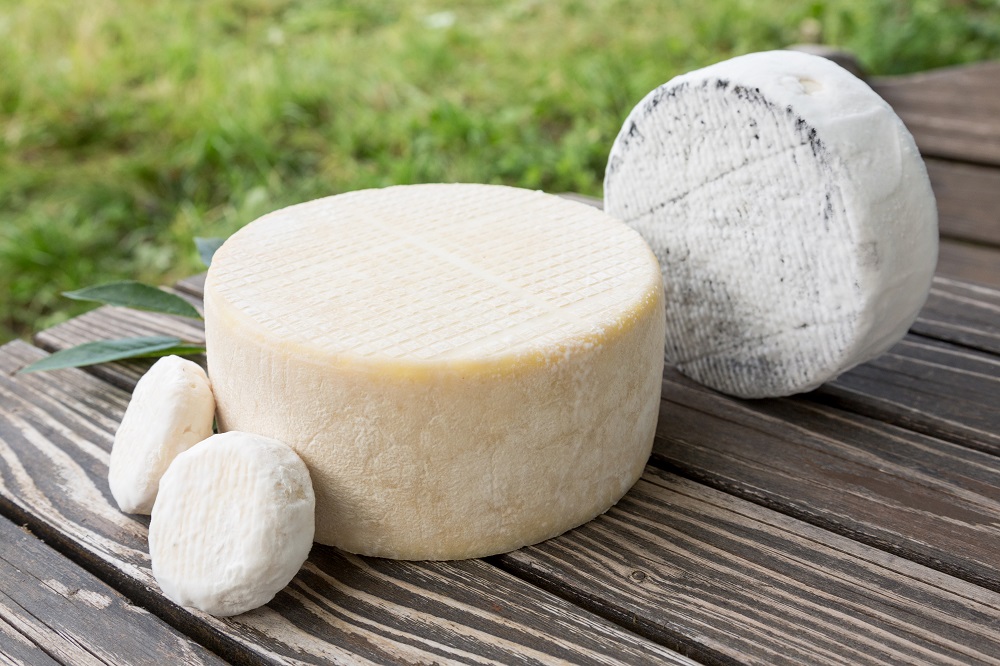
However, this is not unique to goat cheese, and many substitutes exist that can act in much the same capacity in concern to sweet or savory baked goods.
Emmental Cheese
Sharing the same intensity and salty after-notes as most types of goat cheese, Emmental cheese can act as an excellent substitute for goat cheese in savory baked dishes or goods, though Emmental cheese does not share the same textural quality as goat cheese itself.
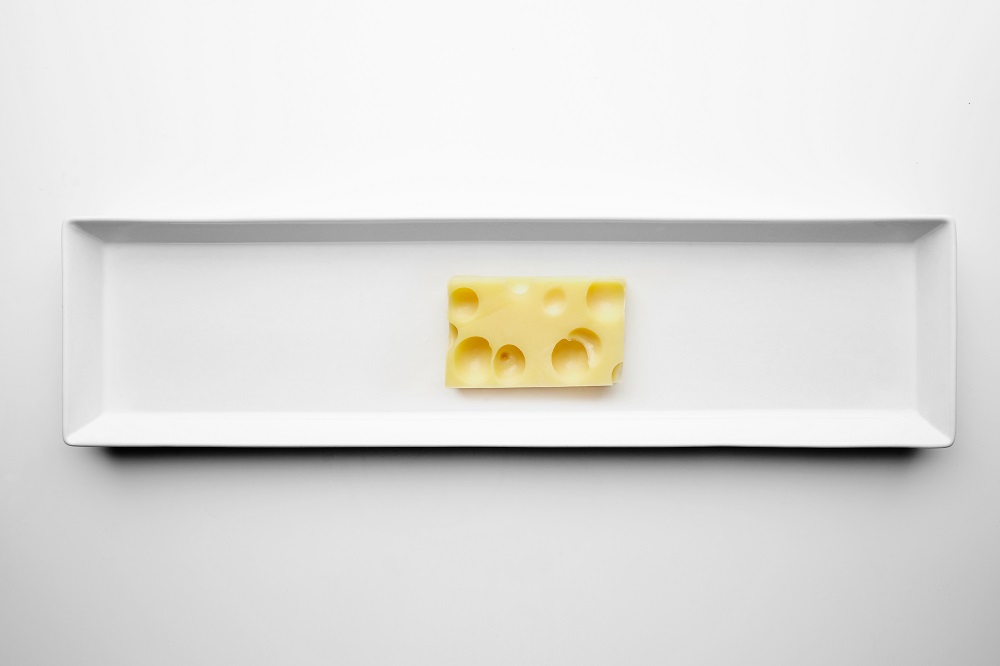
This is due to the relatively low fat content and moisture content of Emmental cheese, making it somewhat difficult to melt without the addition of extra moisture or lipid compounds, as well as creating a somewhat chewier texture in comparison to goat cheese.
As such, Emmental cheese is best used in savory baked food products that are not intended to contain a melted cheese product, such as Danishes or stuffed bread rolls.
Ricotta Cheese
Though it is sometimes technically also produced through the processing of goat’s milk, ricotta cheese is an excellent substitute for goat cheese in baked dishes that require a soft and easily meltable cheese with a significantly high moisture content.
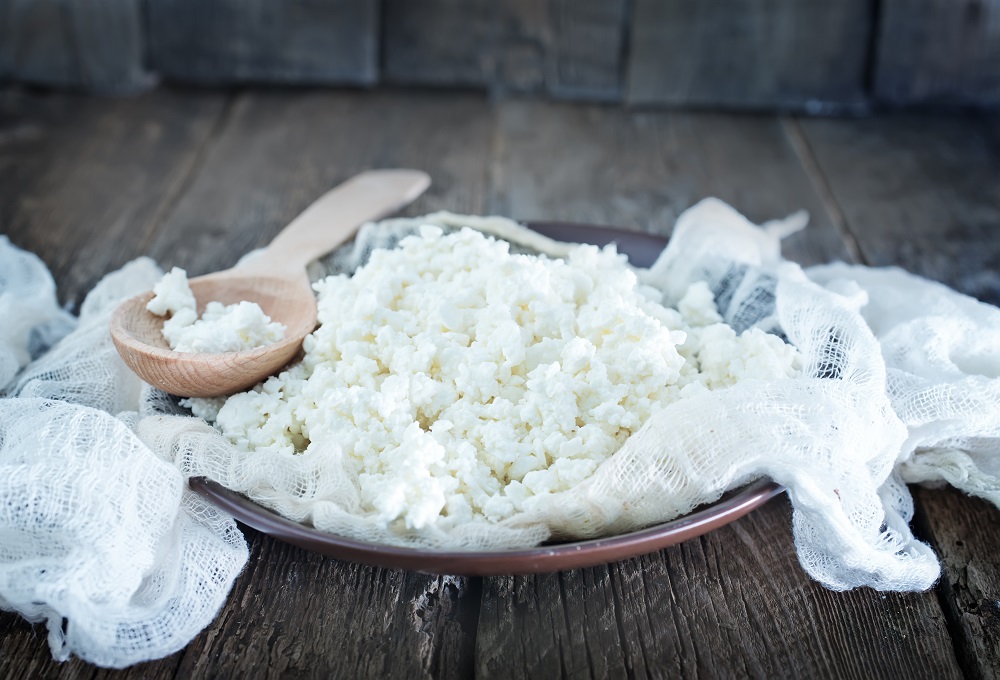
However, ricotta cheese is considered far more mild than most types of goat’s milk derived cheeses, owing to the fact that its compounds are primarily produced from whey and its subsequent constituent proteins. This makes ricotta a poor substitute in terms of flavor for goat’s cheese, as it is considered a slightly sweet cheese with rather subtle taste notes.
Gruyere Cheese
Significantly harder in texture than goat cheese, gruyere cheese is an excellent flavor approximation of goat cheese owing to its sweet and creamy flavor, though this depends in large part by the age of gruyere cheese.
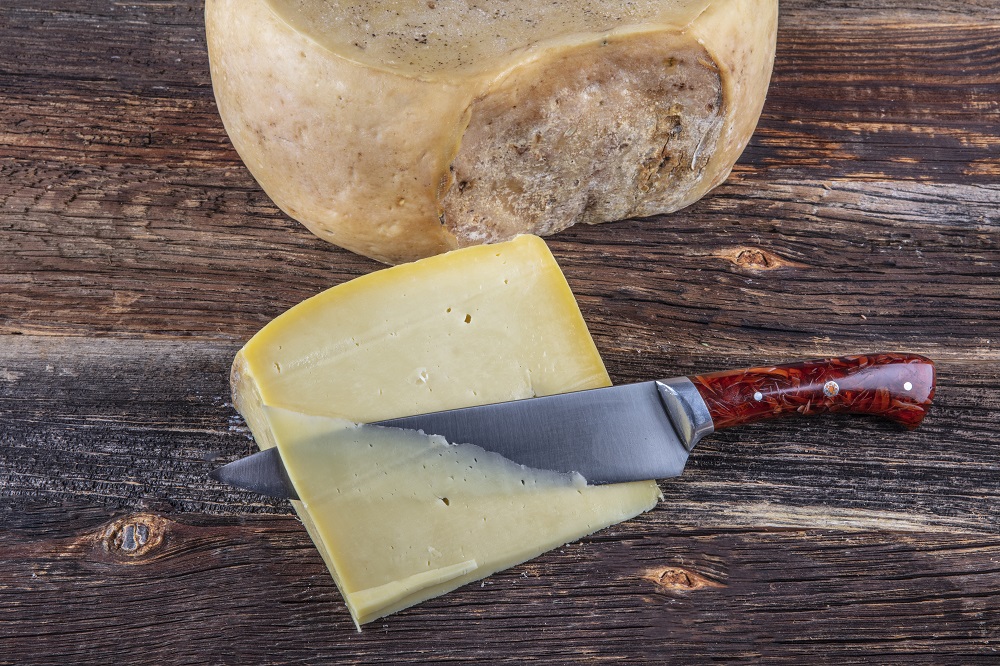
In order to best replicate the flavor of goat cheese, it is a wise choice to purchase young gruyere cheese that has only been aged for around five months, which is its usual minimum aging time.
Gruyere cheese is best used as a baking substitute for goat cheese in situations that require a significant level of melting or softening in concerns to the cheese itself, as gruyere is known as one of the best possible choices for use in baking and baked goods.
Flavor Substitutes for Goat Cheese
While the particular flavor of goat cheese can be highly variable due to a variety of factors such as its age and method of processing, it is generally agreed that goat cheese imparts a somewhat tart main body of flavor alongside a certain level of creaminess, depending on its maturity.
Though this may be difficult to replicate in its entirety through the use of substitute cheeses, certain aspects of goat cheese’s flavor can be found in certain other cheeses, some of which may be more easily acquired than goat cheese itself.
Young Blue Cheese
A mainstay in recipes that require a tart and sharp cheese product among its ingredients, blue cheese is best used as a goat cheese replacement while it is still relatively young and unaged, which will both bring its flavor closer to that of goat cheese as well as retain a creamier texture, somewhat similar to that of goat cheese itself.
Blue cheese is best used as a flavor replacement of goat cheese in situations that do not require significant heat be applied to the cheese, or in dishes that require a sharp and intense flavor to pair with its other ingredient’s flavor profiles.
Feta Cheese
Occasionally made from goats’ milk but more often produced from the milk of a sheep, feta cheese possesses a very similar taste to that of goat cheese owing to its tart and somewhat salty flavor, both of which are produced through a brining process that feta cheese undergoes as it ages.
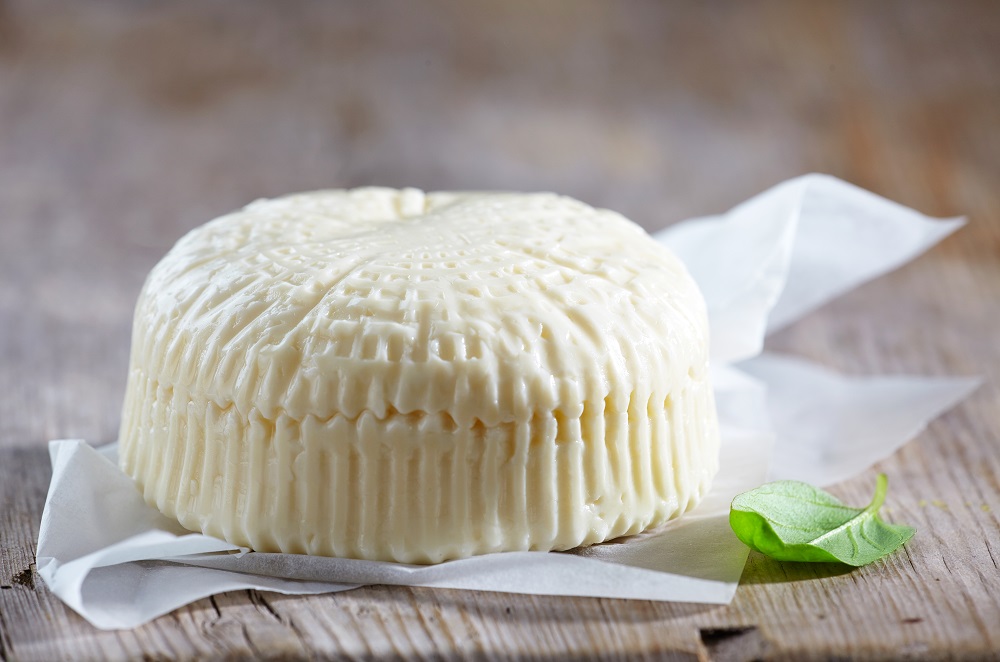
However, care must be taken to purchase only unflavored feta cheese that has had no additives incorporated into its form, as feta cheese is often filled with olive oil, herbs and various other extra ingredients in order to improve its shelf-life and create a more authentic product, of which will change the flavor of feta cheese and bring it further from that of goat cheese.
Halloumi Cheese
While technically partially made of goat’s milk, certain types of halloumi cheese are also made from cow’s milk and sheep’s milk, both of which will still present a similar taste to that of goats cheese in certain situations owing to the particular method of which is used to curdle its constituent milk.
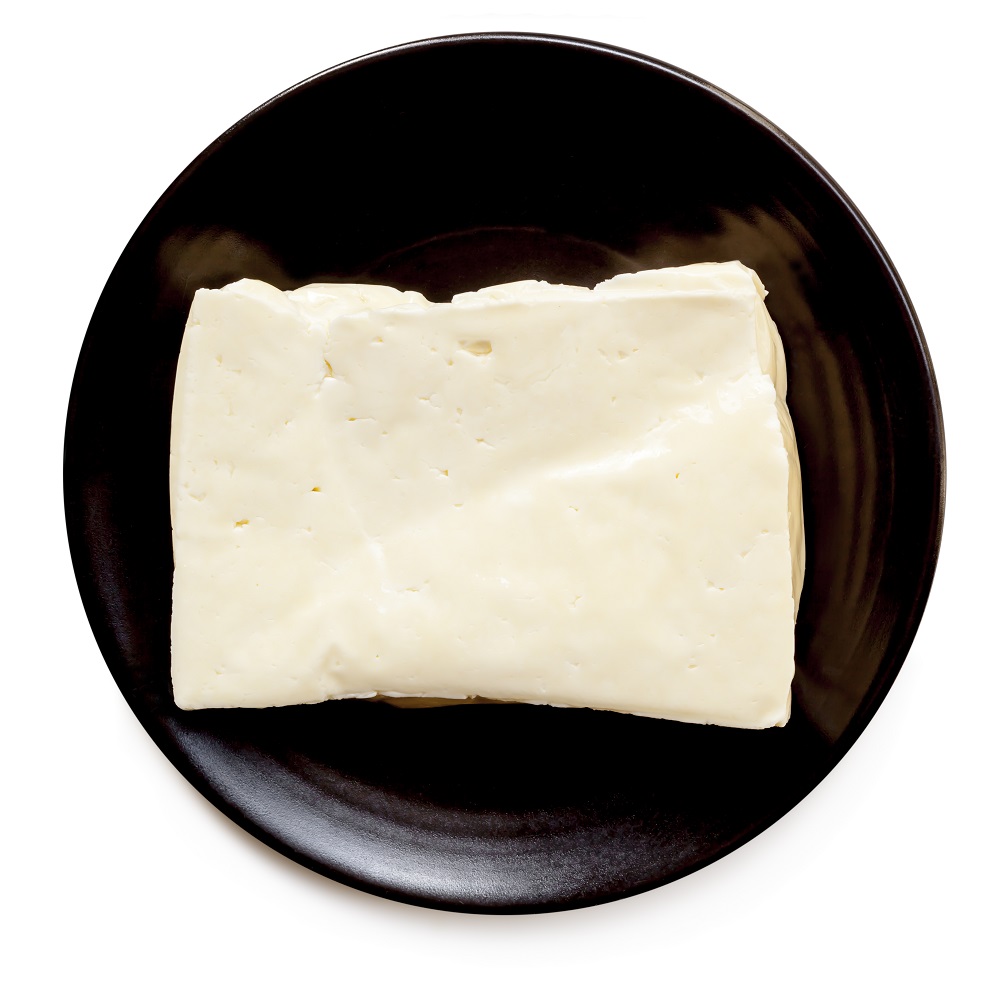
However, halloumi is rather hard and possesses a high melting point due to its relatively low fat and moisture content, making it an unsuitable replacement for goat cheese in situations that require the cheese to melt or otherwise soften, such as pizza.
Texture Substitutes for Goat Cheese
Goat cheese is known for being quite creamy and soft in its unaged form, while developing a somewhat grainy and partially firmer texture if left to age over a certain period of time. This allows it to be an extremely versatile cheese wherein it may be added to a variety of dishes for its textural qualities depending on the particular age of the goat cheese itself.
In terms of substitutions, quite a few cheeses share similarities with both young and aged forms of goat cheese, making replacing it rather simple for any home chef.
Mascarpone Cheese
Though considerably sweeter and less salty than goat cheese itself, mascarpone cheese best replicates the textural experience of extremely young goat cheese owing to the similarity in softness and creaminess between the two, allowing mascarpone to act as a potential substitute in a variety of baked dishes and sandwiches.
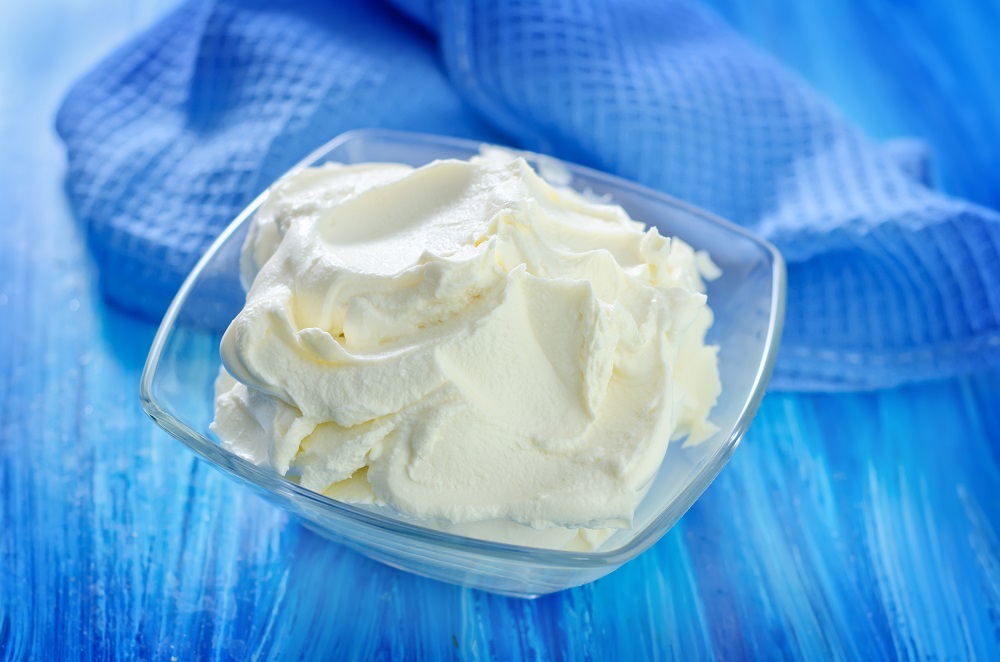
However, mascarpone is considered a cream cheese, and as such does not crumble or retain any sort of shape, unlike goat cheese itself. This equates to mascarpone cheese being an unsuitable replacement for goat cheese in meals that require the cheese to be a solid object, such as salads.
Paneer Cheese
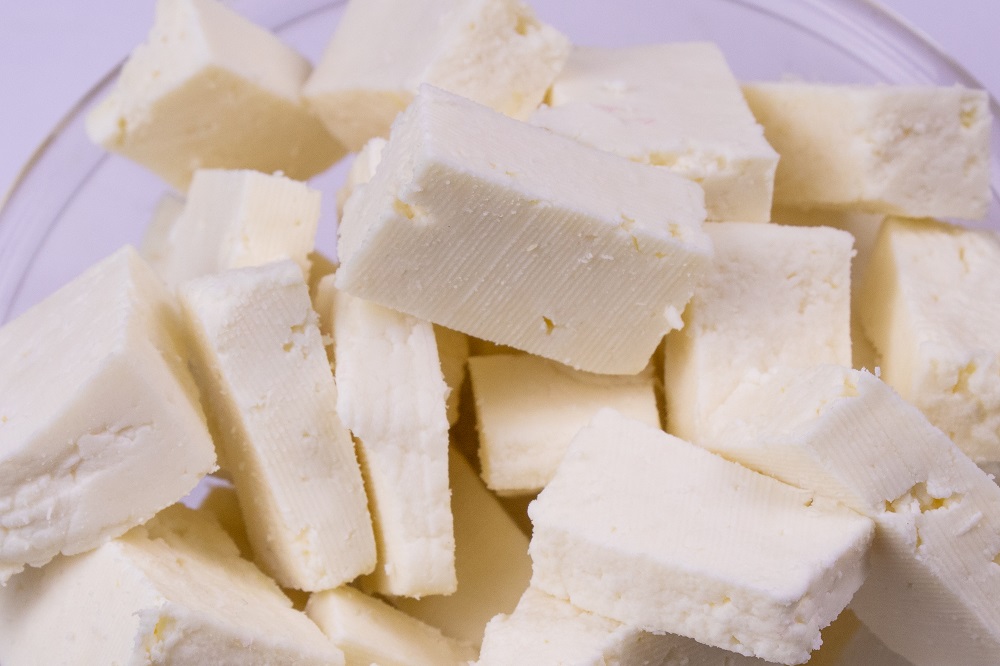
Originating from the country of India, paneer is produced from either cow or buffalo milk and cured so as to produce a distinctly soft yet firm texture, not dissimilar to that of goat’s cheese in the middle of its aging process.
The benefit to replacing goat’s cheese with paneer cheese is the similarity between the two in appearance and tartness, due to the fact that paneer cheese is often curled using plant based acidic compounds, imparting a certain sourness to its flavor that is occasionally considered close to goat cheese.
Labneh Cheese
A modified form of Greek yogurt, labneh cheese is a strained version of Greek yogurt with a significantly reduced level of moisture content, creating a more solid and firm texture that can retain its physical consistency without the use of a container.
This is especially useful in situations where the goat cheese’s substitute must retain its softness without being smeared or turning runny when placed inside the dish, such as in salads or certain fried dishes.
Additionally, labneh presents a somewhat more intense version of Greek yogurt’s flavor owing to its increased density, and as such produces an underbody of sweetness somewhat similar to that of goat cheese in its unaged form, though the particular main body of taste may depend on the sort of milk used to produce the labneh.
References
1. Bob “Robert” Brown. (2006) “The Complete Book of Cheese.” Echo Library. Retrieved via Google Books
2. Donnelly, C.; Kehler, M. (2016). The Oxford Companion to Cheese. Oxford Companions. Oxford University Press.
3. Morrison Loewenstein,Stephen J. Speck,Harold M. Barnhart,Joseph F. Frank. (October 1980) “Research on Goat Milk Products: A Review 1” Journal of Dairy Science Elsevier 1980 American Dairy Science Association.



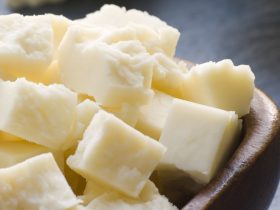

Hi, I'm Dom
Dom Eats was started to help other people fall in love with food. While cooking can feel intimidating, it doesn't have to be.